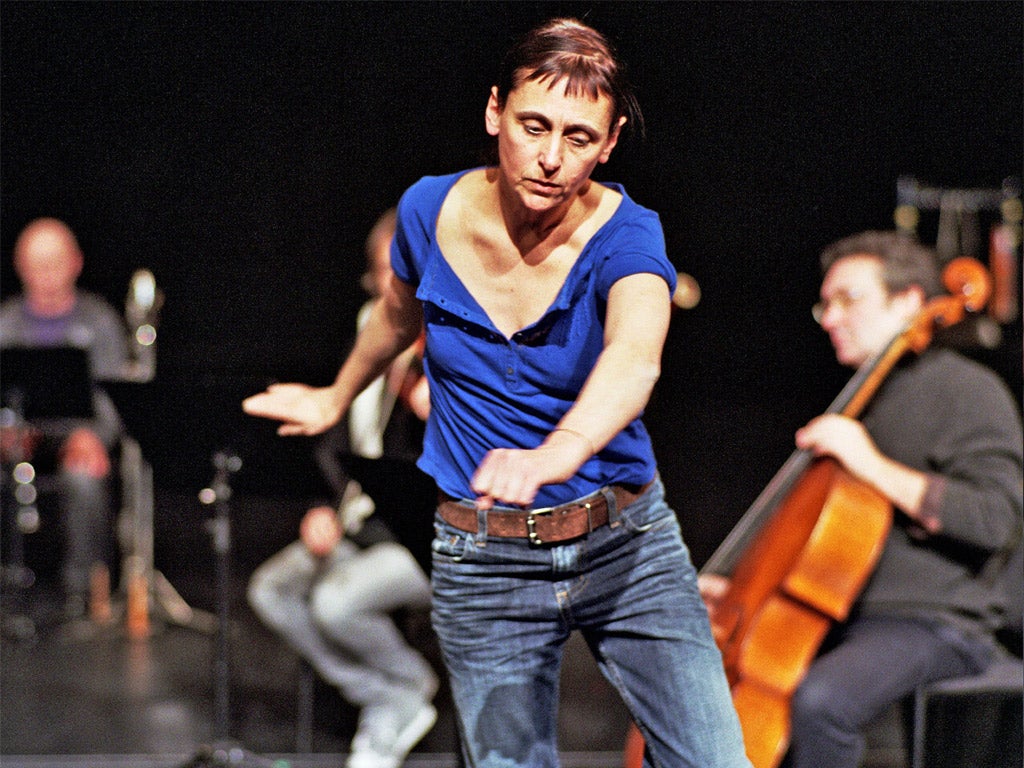
In 3Abschied, choreographers Anne Teresa De Keersmaeker and Jérôme Bel look on Mahler's Das Lied von der Erde and try not to despair. The evening is part dance, part deconstruction, part confession. It's funny and touching, but doesn't reach the summit it had in mind.
De Keersmaeker is known for rigorous minimalism, particularly to music by Steve Reich. It's quite a jump to the romanticism of Das Lied von der Erde. Bel is a director-choreographer, often making dancers analyse their own work.
De Keersmaeker gets on stage with the fine musicians of contemporary music group Ictus, and explains why she wanted to dance the Abschied, the "farewell" from Mahler's famous song cycle. It's a self-deprecating story, with De Keersmaeker an unexpectedly charming narrator.
She fell for the music; she even wished she could learn to sing it. "Well... " her music teacher said, explaining that this is like choosing Everest for your first short stroll. She spoke to the conductor Daniel Barenboim, who told her that this of all music shouldn't be choreographed. Awed but stubborn, she and Bel ended up making three different versions of the farewell.
In the first, Ictus and mezzo-soprano Sara Fulgoni perform Schoenberg's fascinating arrangement of the farewell. It's a small-scale version, stripped-down and muscular – and, as De Keersmaeker points out, much cheaper than the 80-musician original. As Ictus play, De Keersmaeker dances among them.
Sometimes she echoes the movements of Fulgoni or an instrumentalist, the process of creating such music. She yearns upwards, or rocks back and forth; at one point, she swings on the first violinist's chair, nudging him along as he plays. When the musicians get to the final farewell, she gives up and sits down.
For their second version, Bel had the musicians leave one by one, as in Haydn's Farewell symphony. Then, to audience giggles, he tried it again with musicians pretending to die, carefully putting down expensive instruments before sprawling on the floor.
Jokes over, the final Abschied is for De Keersmaeker and pianist Jean-Luc Fafchamps. She croons the words to herself, trying to get closer to the music. It's an image of fragility, the dancer admitting her inadequacy. For a minute, it's striking; it doesn't begin to fill the length of the music. 3Abschied has interesting things to say about the process of choreography, about the scale of the task, but all it has is process. With her convulsive movements and weak little voice, De Keersmaeker never does get to grips with the farewell.
Join our commenting forum
Join thought-provoking conversations, follow other Independent readers and see their replies
Comments